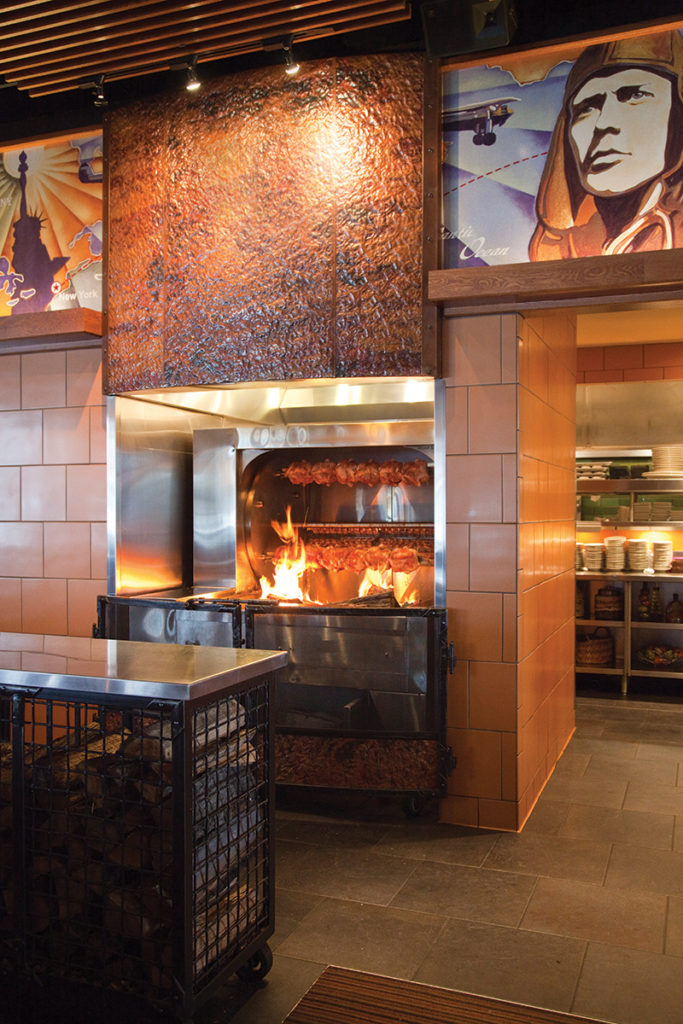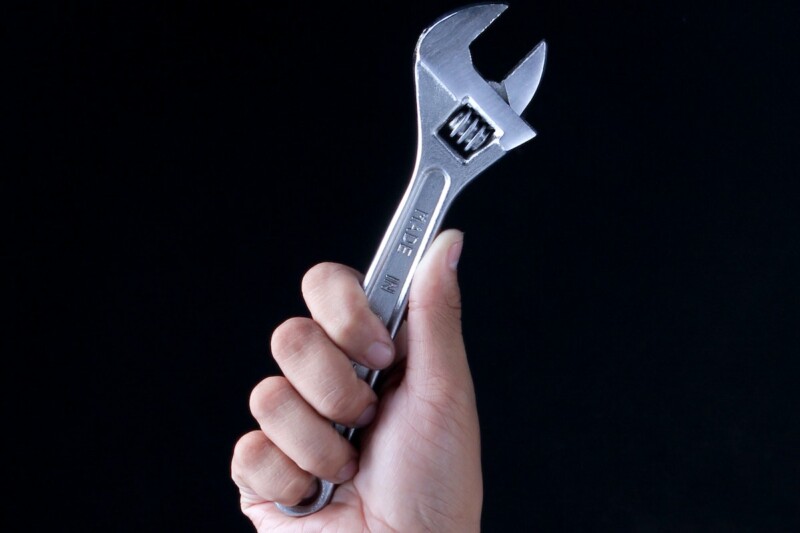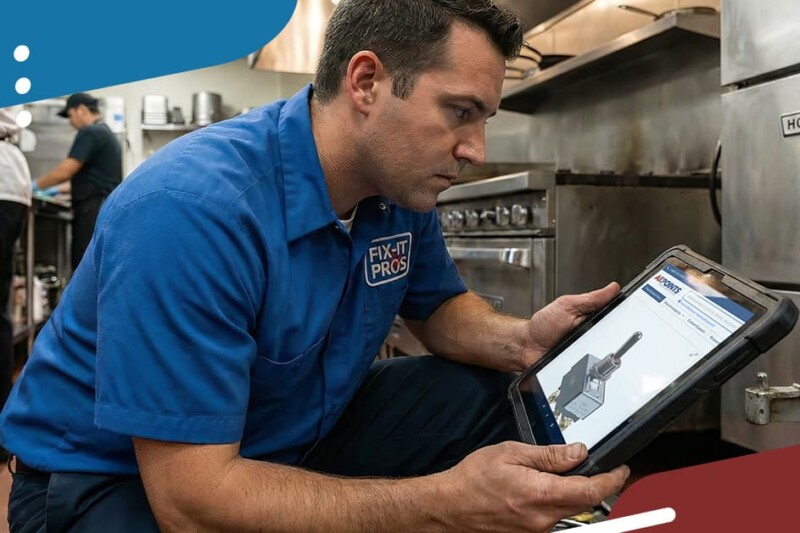
Rotisseries pack a powerful sensory punch in any foodservice; sight, aroma, motion, it’s all there. What’s more appealing than a juicy chicken browning up in full view? The flip side, in the form of an unattended rotisserie, is not good. Poor maintenance will lead to unevenly cooked birds and a build-up of congealed fat throughout the interior and on the glass door. And is that pepper on the chickens? Nope, those flakes are old drippings that have continued to cook so long they’ve turned into carbon. They’re blowing throughout the cavity and settling on the food. Kiss sales goodbye.
Cleaning your rotisserie on a daily basis eliminates these problems and is a fairly simple, albeit time-consuming task. One maker estimates a trained staff can get it done in 45 minutes or less. All manufacturers say keeping up is much easier than catching up.
Throughout the day, use a soft cloth to remove grease from your glass doors. Try a mixture of baking soda and water or glass cleaner; wipe clean. For a total oven cleaning, start by turning it off and letting it cool. For additional safety, unplug the unit. At that point, remove the center shaft, side wheels, baskets if used, grease deflectors, fan covers and any other removable parts (these vary by manufacturer and model) and take them all to the scullery for washing by hand in a pot sink or power wash or your dishmachine.
For cleaning the inside of the cabinet, use whatever degreaser/chemical wash your manufacturer recommends. Most suggest a mild degreaser (such as soap and water) and soft cloth (with gloves on), while others recommend using a mild abrasive or foaming agent to clean tough spots. Your specific maker will tell you if an abrasive cleaner or cloth is OK inside your unit. Don’t ignore corners or the top of the unit when cleaning the interior. And don’t use caustic or improperly diluted chemicals; again, follow the maker’s instructions.
Chickens, the most common food cooked in rotisseries, are often wet when they’re placed inside a unit; it can be due to liquid injection or marinade. When they start to cook, they get steamy and grease particulates love to catch a ride on the vapor. It ends up dispersed throughout the cooking cavity. Failure to clean this grease buildup on fan wheels, motors and heating elements affects efficient air movement, how evenly the oven cooks and strains the motor.
Once the interior is clean, use another cloth to wipe away any chemical traces left behind, especially on heating elements as baked-on chemicals deteriorate element materials. Also, any cleaner left on the fan blades can work itself inside and burn out the fan motor. Finally, make sure the unit is completely dry before its next use.
Gaskets And Grease
Easily overlooked, door gaskets should be cleaned daily with soap and warm water. Chicken grease is very aggressive and corrosive on gaskets. If your gasket fails to seal properly, heat can escape and you jeopardize the evenness and thoroughness of the cook. A good test? Put a dollar bill between the gasket and the door; if it slides, the gasket isn’t sealing and you should replace it.
Grease collection trays require daily cleaning and no one should approach those trays without wearing heavy-duty, heat resistant gloves. Most trays come with a plug or faucet for draining grease into containers for disposal. As the grease drains, look for debris buildup in the tray behind the plug; a blocked exit will slow drain time. For additional grease removal ease, some makers offer rotisseries that can be plumbed to a grease trap and floor drain. Others offer grease receptacle systems comprised of carts or jugs connected to tubes from the rotisserie. Grease drains into the receptacles and can be wheeled away once they’re full.
Self-Cleaning Option
Some manufacturers offer self-cleaning rotisseries, designed for labor savings. Once food is removed, you leave all parts in place and just cycle through the cleaning controls. Some self-cleaning models use a liquid cleaner, others use tablets. By choosing light, medium or heavy cleaning, the unit automatically uses the right amount of liquid or tells you how many cleaning tablets to insert. The unit goes through a rinse cycle and heats to a sanitation mode above 160°F for killing bacteria. Cleaning time runs from 90 minutes to three hours, depending on the selected cleaning mode.
Annual Checklist
In addition to daily cleaning, one rotisserie maker suggests additional maintenance steps on an annual basis. At least once a year, lubricate the main bearing and inspect the:
• Spur gear bushing
• Inner drum sealant
• Door jamb micro switch
• Speed control knob
• Door latch
This maker also recommends replacing the motor brushes every three years.
And, Finally
One manufacturer offers a tip for users of stacked rotisseries that usually sit 6-in. to 8-in. off the floor: If your cleaning crew is cleaning the floor with a power washer, be aware that water and floor cleaning chemicals will bounce off the floor and degrade the bottom of the rotisserie. And if water migrates inside the unit, it can cause electrical shorts.
RELATED CONTENT
- Advertisement -
- Advertisement -
- Advertisement -
TRENDING NOW
- Advertisement -
- Advertisement -
- Advertisement -


